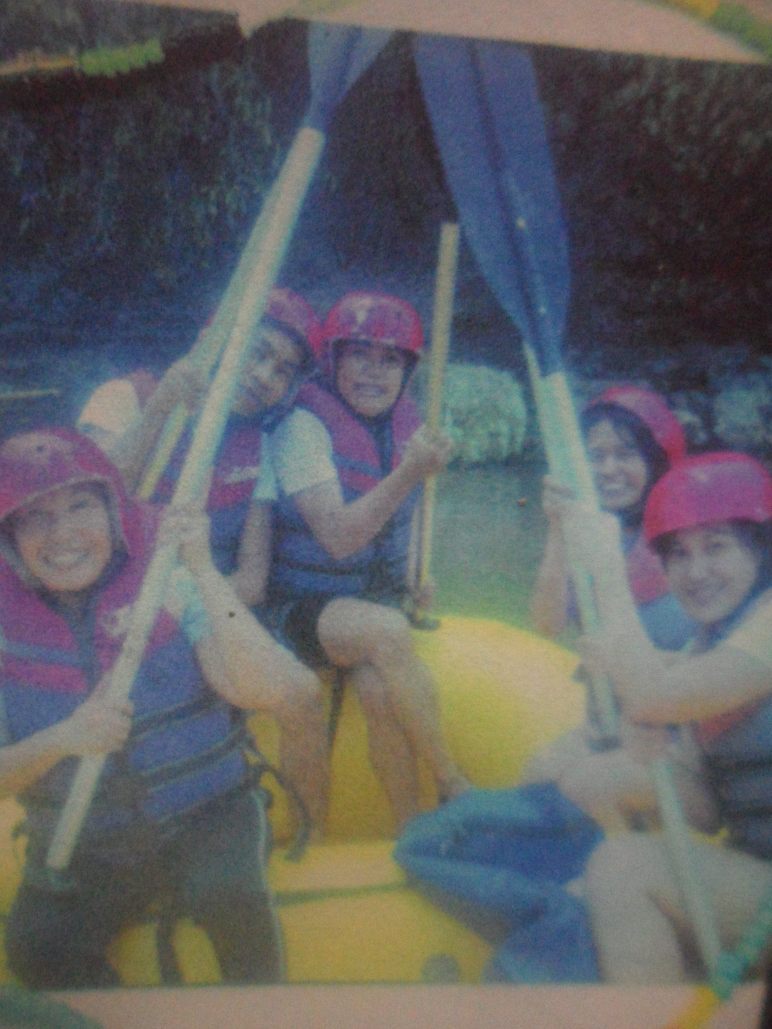by Maria Eleanor E. Valeros, #netizenmedia
MISAMIS ORIENTAL, NORTHERN MINDANAO, PHILIPPINES — Every summer has its own great story. Mine involves membership (finally!) to an indigenous people’s community.
The trip took six of us to Talusan, Balingasag here in Misamis Oriental wherein we were oriented of Minkadelum – the old Mindanao.
Tibalen, believed first man of Minkadelum (the old name of Mindanao), is said to have instructed his two daughters to look for freshwater sources in the event of a dry spell.
The elder, Si Dumalaguing, went eastward while the other, Si Maraweh, took westward. The former found Lake Ke-angkabeg while the latter found Lake Lanao. The sisters were able to locate two important water sources to ensure water supply despite an extended dry season.
Datu Dencio “Lolong” Lipiahan Sr., the Supremo of Talugan Ta Tagoloan – Higaonon Tribal Communities Federation, in a four-year documentation pursuit, shared “tribal wisdom” in our so-called adoption to the Higaonon community last April 2, 2015 here in Talusan, Balingasag, Misamis Oriental. After a ritual, we migrants are already called “bilaw” and are required to study customary laws. Two of six in our group have “lumad” bloodline, or are descendants of an indigenous tribe.
Contrary to previous impression that Manobos, Talakags, Matigsalugs, Talaandigs are separate tribes, it was made known that these are so called “ascriptions of Higaonons distributed all over Mindanao.” Therefore, a Talakag woman who joined our “adoption ritual” performed at the farmhouse cum office of Ritalinda, or Bae Makabulig (wife of Datu Lolong), is considered a Higaonon by bloodline.
Datu Lolong, a seventh-generation Higaonon chieftain, corrected initial information that early Higaonons were refugees from southern Asian regions like Borneo, Sabah, or Sumatra. He said that Higaonons are the original settlers (thus, indigenous) of ancient Mingkadelum, considered a nation in the Dawn Age of Mindanao. The Malay intermarriages happened when missionaries Sarip Kabunsoan married Dumalaguing, while Sarip Alaweh married Maraweh. These Malaysian brothers were also looking for freshwater sources while they were traveling through land bridge referred to as Ngembalukan. In fact, the intermarriage also symbolized unity of two nations.
Upon discovering the same lakes on top of mountains, the brothers have both blurted: Lenggad Min Danaw (danaw means lake in Malay), to their joy and excitement.
Today, Higaonons reach an estimated 1.8 million households. However, this is based yet on a 1986 census. They were said to be coastal people but were driven to the uplands by colonizers. The “nangalasan” lived in the forests, while the “nababalay” dwelled in the coastal areas. Ascriptions were based on how they were distributed all over Mindanao in time: Matigsalugs (near rivers), Talaandigs (on rolling areas), Ipatagen (plateau of Bukidnon).
They continue to till their lands. Some have found employment in haciendas cultivated into plantations of banana, pineapple, durian, marang, aside from cash crops and other vegetables. They were also tapped in the government’s national greening program. Some of them have already found employment out of the country with the help of technical skills training.###

